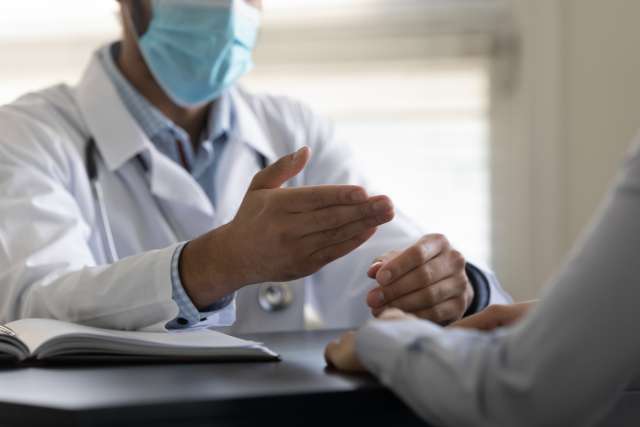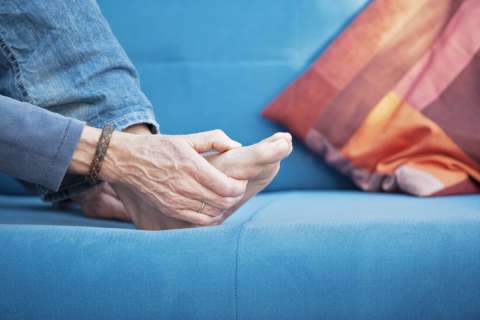Dear Doctors: I burned myself on the stove, but it didn’t look bad so I wasn’t worried. The next morning, the skin had turned red and the burn was all swollen. What’s the right way to take care of a burn? When do you need to see a doctor?
Dear Reader: Bear with us as we begin with a nerdy science definition. A burn is a traumatic injury in which a transfer of energy causes damage to the tissues at and near the site of contact. The most common source is thermal energy, which is heat, as happened to you. Other sources are chemical, electric and electromagnetic energy. In each instance, an excess of energy heats the affected cells to the point that they are injured or destroyed. This results in a wound we commonly refer to as a burn.
Burns are categorized by their depth and severity. Superficial burns, known as first-degree burns, affect only the epidermis, which is the outer layer of skin. The burn site will often be red, but blisters do not develop. Second-degree burns, also known as partial-thickness burns, involve injury to the epidermis and the dermis, which are the underlying layers of skin. The burn site will become red and swollen, may appear dry and cracked and will develop watery, thin-skinned blisters.
The most severe are third-degree burns. Also known as full-thickness burns, these occur when both the epidermis and dermis have been destroyed. Tissue damage often extends to the underlying muscle, fat and connective tissues, and bone may be affected, as well. Severe burns, as well as chemical or electrical burns, need immediate professional medical care.
Because even a small or seemingly minor burn can quickly become infected, it is important to take care of it right away. The first step in caring for a minor thermal burn is to cool the affected area. This helps to dissipate the excess energy that is causing injury to the tissues. Run cool water over the site for 20 to 30 minutes. Do not use cold water or ice; these will constrict blood flow to the wound, which can actually compound the damage and delay healing. If the burn is on the face, use a succession of cool compresses.
Once the burn area is cooled, very gently clean it with soap and water. A thin layer of ointment, such as aloe vera gel or petroleum jelly, will help keep the burn area hydrated. Use a sterile, nonstick bandage to loosely cover and protect the area. You don’t want the bandage to stick to the wound or to shed fibers that may become imbedded in the area. If blisters form, do not pierce them, as this can lead to infection. Over-the-counter pain meds can help manage discomfort.
Even minor burns can take a few weeks to heal. As they do, take care to protect the area from further trauma. If signs of infection appear, such as inflammation, pus or fever, it is important to seek medical care.
(Send your questions to [email protected], or write: Ask the Doctors, c/o UCLA Health Sciences Media Relations, 10960 Wilshire Blvd., Suite 1955, Los Angeles, CA, 90024. Owing to the volume of mail, personal replies cannot be provided.)





